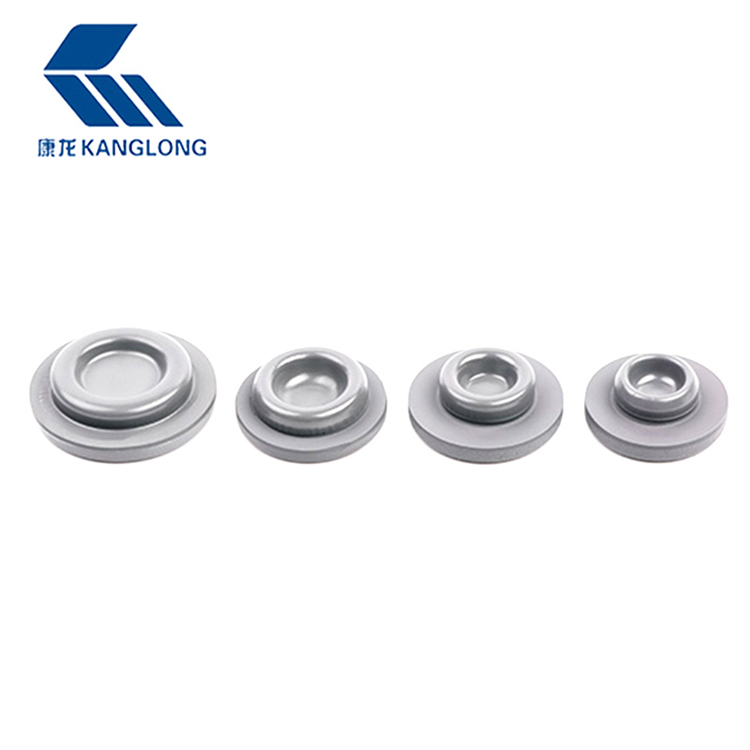Coated rubber stoppers are widely used across various industries, especially in laboratories, medical fields, and manufacturing sectors, for sealing containers, bottles, and other equipment. These stoppers provide a reliable and cost-effective solution for preventing contamination, maintaining sterility, and securing the contents of containers. The coating on these rubber stoppers adds additional properties such as enhanced durability, resistance to chemicals, and improved sealing performance.

The primary role of these stoppers is to create a tight, leak-proof seal for bottles, test tubes, vials, and other containers.
Rubber Material: The base material of stoppers is rubber because of its flexibility, resilience, and sealing properties. Rubber can form a tight, secure seal when inserted into containers, preventing leakage or contamination.
Coating Material: The coating material applied to the rubber stopper can vary depending on the intended use. The coating improves certain properties, such as resistance to chemicals, temperature stability, or preventing interaction with the contents of the container.
Coated rubber stoppers come in several types, each offering distinct advantages. The common coatings used for rubber stoppers include silicone, PTFE (Polytetrafluoroethylene), and plastic. Here is a comparison of these types based on key features.
Silicone-coated rubber stoppers are some of the popular choices for applications that require temperature resistance, flexibility, and non-reactivity.
Material: The rubber base is coated with a thin layer of silicone. Silicone is a synthetic polymer known for its resistance to high temperatures, water, and many chemicals.
Advantages:
Temperature Resistance: Silicone can withstand temperatures, making it ideal for applications where the stoppers may be exposed to high or low temperatures (such as autoclaving or freezing).
Non-Reactive: Silicone is chemically inert, meaning it doesn't react with the substances inside the container, which is especially important in laboratories and medical applications.
Flexibility: Silicone coating enhances the flexibility of the rubber stopper, making it easier to insert and remove, as well as ensuring a better seal.
Durability: Silicone-coated rubber stoppers have a long lifespan and retain their elasticity even after repeated use.
Disadvantages:
Cost: Silicone-coated stoppers are generally more expensive than other types of coated rubber stoppers.
Limited Chemical Resistance: Although silicone is chemically inert, it may not be resistant to all chemicals, especially aggressive solvents.
PTFE-coated rubber stoppers are commonly used in applications where the contents require high chemical resistance. PTFE (commonly known by the brand name Teflon) is a fluoropolymer known for its non-stick properties and outstanding resistance to a wide range of chemicals.
Material: The rubber base is coated with a layer of PTFE, which is often used in the pharmaceutical, chemical, and food industries.
Advantages:
Chemical Resistance: PTFE has exceptional resistance to acids, bases, solvents, and other aggressive chemicals, making it suitable for use in laboratories and industries dealing with harsh substances.
Non-Stick Properties: PTFE is non-stick, meaning that substances are less likely to adhere to the stopper, making it easier to clean and maintain.
Sealing Performance: The PTFE coating improves the stopper's sealing ability, ensuring a tight, leak-proof fit even under pressure.
Disadvantages:
Cost: PTFE-coated rubber stoppers are generally more expensive than silicone-coated options due to the high cost of PTFE material.
Limited Flexibility: PTFE can be stiffer compared to silicone, which may result in a less flexible fit in some containers.


 English
English Español
Español


.jpg?imageView2/2/w/500/h/500/format/jpg/q/100)






